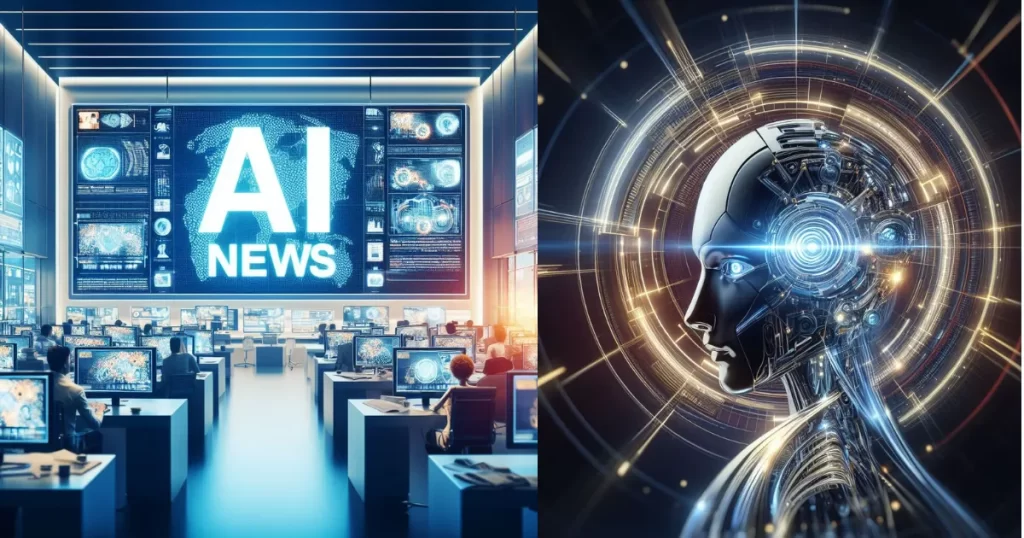In today’s digital age, understanding what’s real and what’s not online can be tricky. With the rise of AI technology, platforms are grappling with how to label content created by artificial intelligence. Let’s break down the key points from a recent article on Axios.
Tech giants like Meta, Google, and TikTok have their own rules for labeling AI-generated content on their platforms. They’re also teaming up to establish industry-wide standards.
If you create content using AI tools provided by these platforms, it will be automatically labeled. However, things get more complicated when content made with other AI tools is shared.
YouTube, for example, requires disclosure if a video is significantly altered or synthetically generated to look real. It’s okay to use beauty filters, but creating entirely new faces is a no-no. If users don’t label their AI-generated content, YouTube may do it for them and could even remove the content or suspend the user.
TikTok also demands labeling for content containing realistic images, audio, or video, especially if it’s been heavily edited or includes face-swapping.
Meta (formerly Facebook) recently updated its guidelines to cover content manipulated to depict fake speech or actions. They plan to start labeling content in May using various methods, including advice from fact-checkers.
However, there’s a catch. It’s uncertain whether these platforms have enough manpower to enforce these rules effectively. A study by the Stanford Internet Observatory found that Facebook’s algorithm often promotes AI-generated content without proper labeling.
In essence, while platforms are making efforts to label AI-generated content, there are still challenges in ensuring all content follows the rules. It’s a step forward in combating misinformation online, but there’s still work to be done to make sure everyone knows what’s real and what’s not on social media.
Original Source: “How Big Tech labels AI” by Megan Morrone, Axios. You can check out the full article here.

I’m Voss Xolani, and I’m deeply passionate about exploring AI software and tools. From cutting-edge machine learning platforms to powerful automation systems, I’m always on the lookout for the latest innovations that push the boundaries of what AI can do. I love experimenting with new AI tools, discovering how they can improve efficiency and open up new possibilities. With a keen eye for software that’s shaping the future, I’m excited to share with you the tools that are transforming industries and everyday life.

